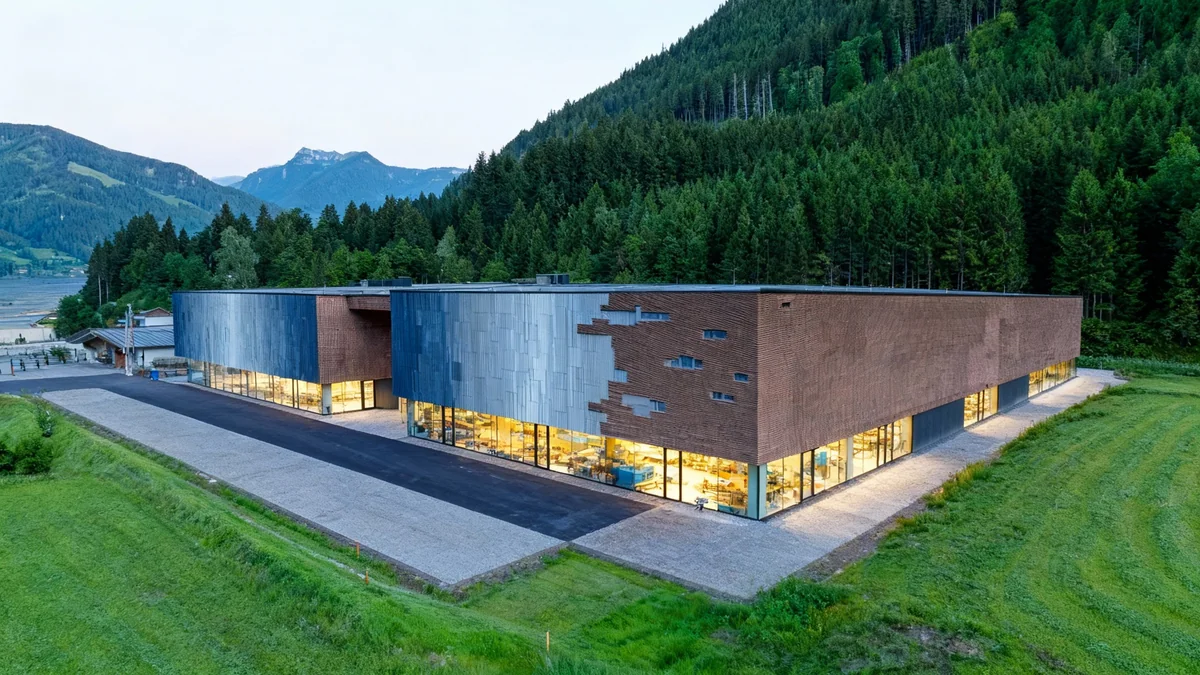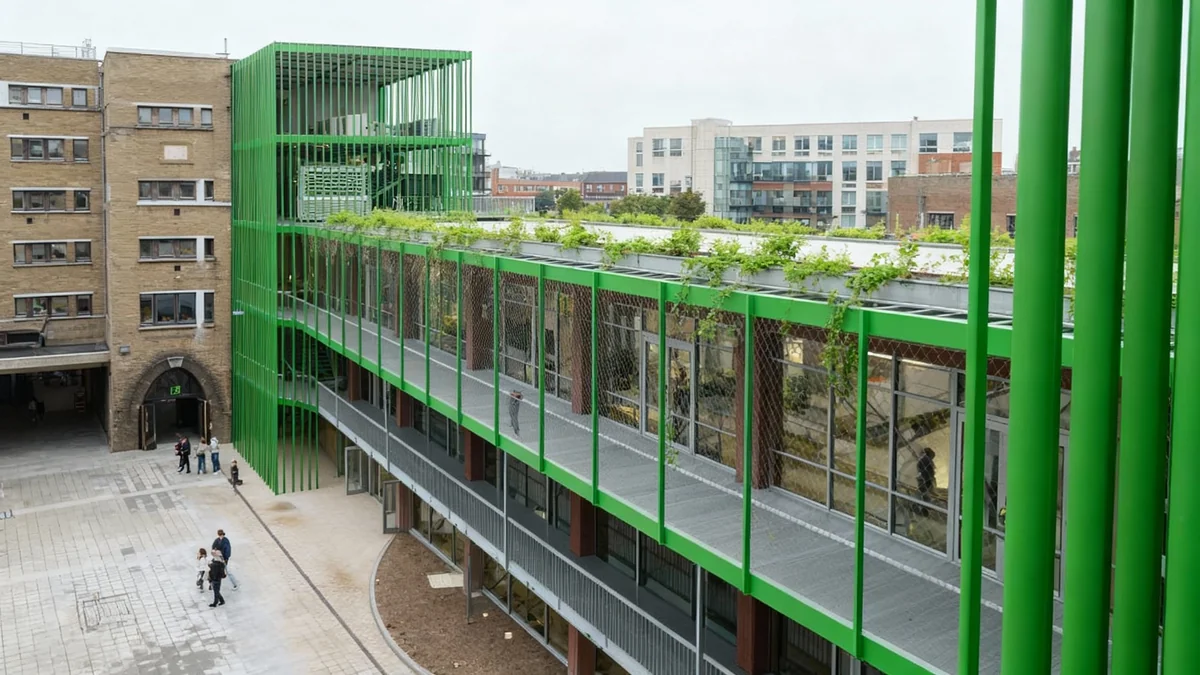Washington, D.C. – The American Institute of Architects (AIA) has issued a strong condemnation regarding the ongoing demolition of the White House East Wing. This action directly contradicts earlier public statements that the project would respect the existing structure. The AIA states this undertaking raises concerns about architectural integrity, transparency, and public stewardship of civic buildings.
Key Takeaways
- AIA states the demolition contradicts earlier public assurances.
- Concerns raised over transparency and public involvement in the project.
- The White House is called 'the People’s House,' symbolizing democracy.
- AIA calls for halting irreversible changes and publishing full project details.
Integrity of Public Architecture Questioned
The AIA's statement, released on October 24, 2025, highlights a significant breach of public trust. Earlier assurances indicated the project would be 'near it, but not touching it' and would 'pay total respect to the existing building.' The current demolition directly violates these promises.
This situation brings into question the proper process for managing significant public architecture. The AIA emphasizes that such projects demand open decision-making and meaningful citizen participation. Sidestepping these principles erodes public trust and diminishes the public dimension of architecture.
Did You Know?
The White House is often referred to as 'the People’s House.' It stands as a living symbol of American democracy and national identity, making its preservation a matter of public interest.
Call for Transparency and Public Engagement
The AIA previously urged rigorous oversight for any White House project. In an August 5, 2025, statement and letter to the Committee for the Preservation of the White House, the organization outlined several recommendations. These included selecting architects based on qualifications, adhering to historic preservation standards, ensuring full transparency in funding, and designing with proportionality to the existing complex.
“The White House is not simply another building; it is the People’s House, a living symbol of democracy and national identity.”
The current demolition proceeds without what the AIA considers sufficient public engagement or clarity. This undermines the established processes designed to protect civic architecture. Architects, according to the AIA, are committed to reflecting community values, respecting history, and honoring public investment.
Demands for Action and Future Safeguards
The AIA is now calling on decision-makers to immediately halt any further irreversible alterations to the historic fabric of the East Wing. They also demand the publication of full documentation. This includes the project’s scope, budget, schedule, and procurement path. The organization seeks to reopen meaningful engagement with both the professional community and the public.
Only by returning to a process rooted in transparency, preservation, and excellence, the AIA believes, can the People’s House continue to reflect the values it represents. This incident underscores the importance of public architecture being managed with the utmost care and accountability.
Preserving Civic Heritage
Public architecture, especially iconic structures like the White House, requires a design process that balances stewardship of heritage with service to future generations. When these processes are ignored, the long-term value and public trust in such buildings can be severely compromised.
Broader Implications for Architectural Practice
This controversy comes at a challenging time for the architecture industry. Recent data indicates weakening business conditions for architecture firms. The AIA/Deltek Architecture Billings Index (ABI) dropped to 43.3 in September, its lowest point since April. This decline suggests ongoing headwinds for the sector.
The AIA also recently awarded a $150,000 Latrobe Prize grant for research into air-purifying building facades. This initiative highlights the profession's focus on innovation and human health in building design. However, the East Wing situation draws attention back to fundamental issues of preservation and public trust.
The organization continues to provide valuable resources to its members. Its 2025 Compensation & Benefits Report, based on data from hundreds of firms, offers comprehensive insights into industry salaries and benefits. These efforts support the profession amidst economic fluctuations and ongoing debates about architectural ethics and public responsibility.
- The AIA actively promotes high standards in architectural practice.
- Transparency in public projects is a core tenet of their advocacy.
- Economic indicators show challenges for architecture firms.




